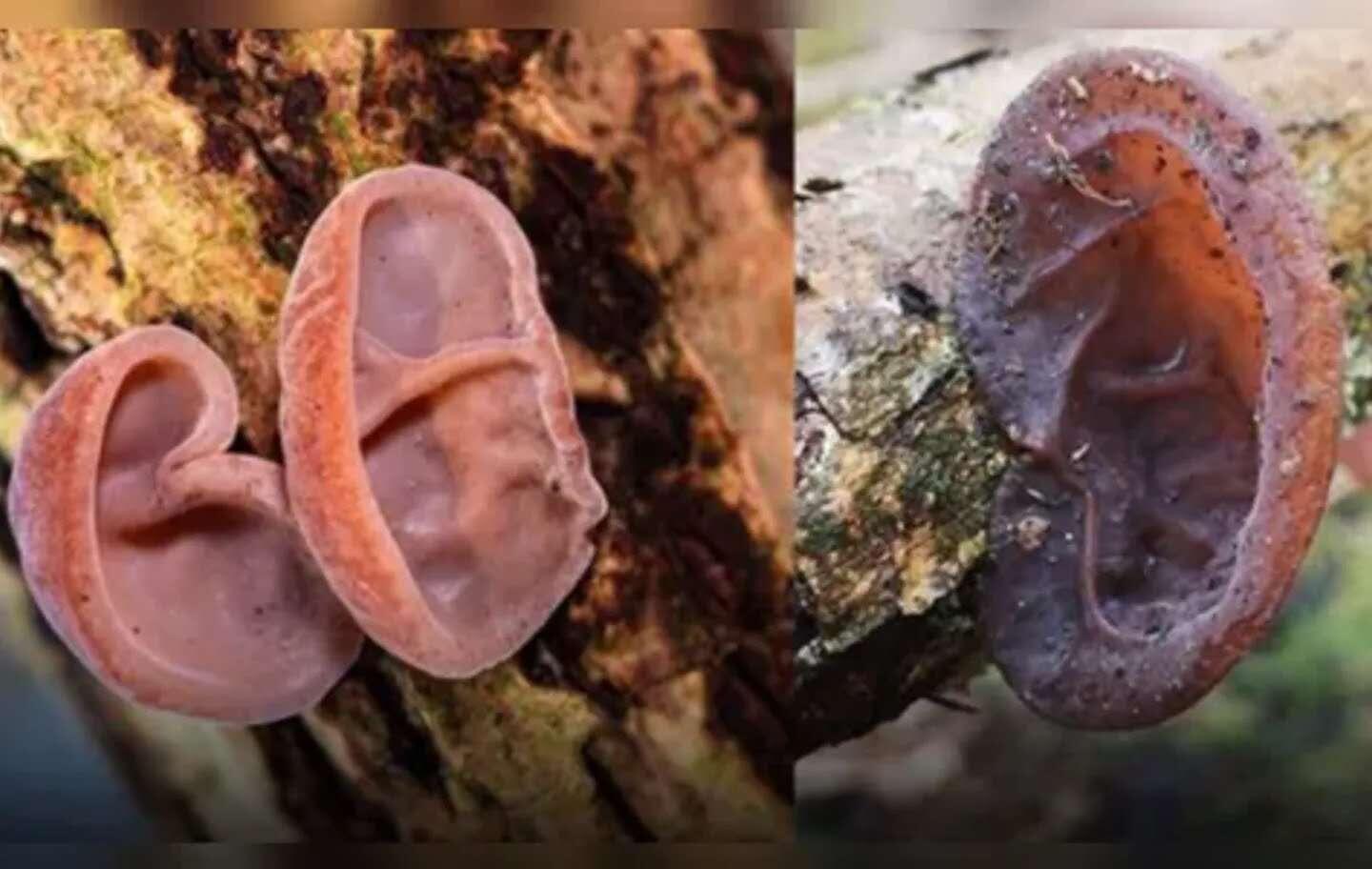Event JSON
{
"id": "0a87f23ea6cc559a00105e5a239e6a0cf6db57f43f9b20687b55bf00aa41c0dc",
"pubkey": "04c960497af618ae18f5147b3e5c309ef3d8a6251768a1c0820e02c93768cc3b",
"created_at": 1737910554,
"kind": 1,
"tags": [
[
"t",
"ShroomsIDidntKnowAbout"
],
[
"t",
"shroomsididntknowabout"
],
[
"r",
"https://video.nostr.build/7bb3a7f60e25237968cc2bcb9fbf9b04dc832a43714ea9c688ff1f3c93cae648.mp4"
],
[
"r",
"https://image.nostr.build/a3f4009a9023c669d424ca106e1ec7183974324d497f8b093d09c4ced2c4bd70.jpg"
],
[
"imeta",
"url https://video.nostr.build/7bb3a7f60e25237968cc2bcb9fbf9b04dc832a43714ea9c688ff1f3c93cae648.mp4",
"x 2926b5b8e4c04e7065d2261da777f32c7439f2197b1fe7dd1fb59c4f76c12ef3",
"size 179209",
"m video/mp4",
"dim 360x640",
"blurhash ]-IO91RjX8Wqof~pWBW=WXfk%hoee.j[ayb_oen$oKayt8bIoJoLj@$*WYkBj[a{$%j]W;WWbGoeoLWVWVj[R+oeayayju",
"ox 2926b5b8e4c04e7065d2261da777f32c7439f2197b1fe7dd1fb59c4f76c12ef3",
"alt "
],
[
"imeta",
"url https://image.nostr.build/a3f4009a9023c669d424ca106e1ec7183974324d497f8b093d09c4ced2c4bd70.jpg",
"x 8ea660d6aa71f010f2ae3ec71025acd0986818d81d0e8c9427caab1c07823696",
"size 94454",
"m image/jpeg",
"dim 1440x912",
"blurhash rWGQ;0#k$*o|obM|x[spRj~BRis,tQoIV@t7oLaeOWIoofxZo0s.WoR*oKt7Rjt7jZjsxGoIayoeoLV[flWVjbofn$ods:ofaekCWCfPofR*bFoL",
"ox 8ea660d6aa71f010f2ae3ec71025acd0986818d81d0e8c9427caab1c07823696",
"alt "
]
],
"content": "\n\"Be Careful Of What you Whisper in the Forest, for Trees have Ears.\"\n\nhttps://video.nostr.build/7bb3a7f60e25237968cc2bcb9fbf9b04dc832a43714ea9c688ff1f3c93cae648.mp4\n\nhttps://image.nostr.build/a3f4009a9023c669d424ca106e1ec7183974324d497f8b093d09c4ced2c4bd70.jpg\n\n\"Auricularia auricula-judae, commonly known as the Jelly Ear Fungus, is a fascinating species typically found during the winter and spring. It predominantly thrives on deceased elder trees, although it can occasionally be spotted on other hardwoods. While grouped under the term “Jelly Fungi,” these mushrooms don’t belong to a specific taxonomic category but are characterized by their jelly-like texture. Notably, they can rehydrate and continue to produce spores when moist after drying.\nThe Jelly Ear Fungus is fairly common in regions like Britain, Europe, Asia, and parts of North America. It is typically found in damp and shaded locations on dead elder wood. These peculiar fungi are also found in Australia and various parts of Asia.\"\n\n~ Hasan Jasim\n\n#ShroomsIDidntKnowAbout",
"sig": "b9c797bb183ab0cf1637c67f7f1b6177bb8bce7885389e94d63ffc223aabb2cb85a82e34f60a27ebc37486e66810379b6ac464fc9e13db312d02831d1dbb15ed"
}

